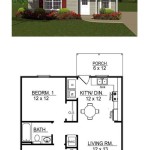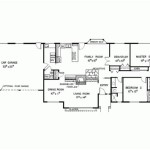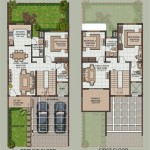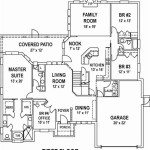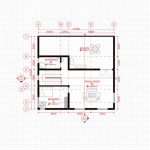Drafting house plans is no easy task. It requires considerable knowledge, skill, and experience in order to create a plan that is both functional and aesthetically pleasing. This comprehensive guide will provide a detailed overview of the process of drafting house plans, from the initial design to the final product.
Overview
The process of drafting house plans begins with the initial design. This includes determining the size and layout of the home, as well as the specific features that will be included. The designer then creates a rough sketch of the plan and refines it until it meets all of the customer’s requirements. Once the design is finalized, the plans are then drawn up in full detail. This includes measurements, materials, and any other necessary information. Finally, the plans are reviewed and approved before they are sent to the customer.
Design Considerations
When designing a house plan, there are a number of factors to consider. These include the size of the home, the number of rooms, the type of materials used, and the overall aesthetic. Additionally, the plan should take into account the specific needs of the customer and the environment in which the home will be built. This includes the climate, local building codes, and any other applicable laws or regulations.
Tools and Materials
When drafting house plans, a variety of tools and materials are required. This includes drafting supplies such as rulers, compasses, and other measuring devices. Additionally, specialized software may be used to create a digital version of the plan. This allows the designer to easily make changes and refine the design before printing out the final version.
Costs and Fees
The cost of drafting house plans varies depending on the complexity of the design and the materials used. Generally, the more complex the plan, the more expensive it will be. Additionally, some designers may charge a fee for their services. This fee may be a flat rate or a percentage of the total cost of the project.
Conclusion
Drafting house plans is a complex process that requires a great deal of knowledge and experience. By following this comprehensive guide, you can ensure that your plan is both functional and aesthetically pleasing. With the right tools and materials, you can create a plan that meets all of your needs and the needs of your customer.










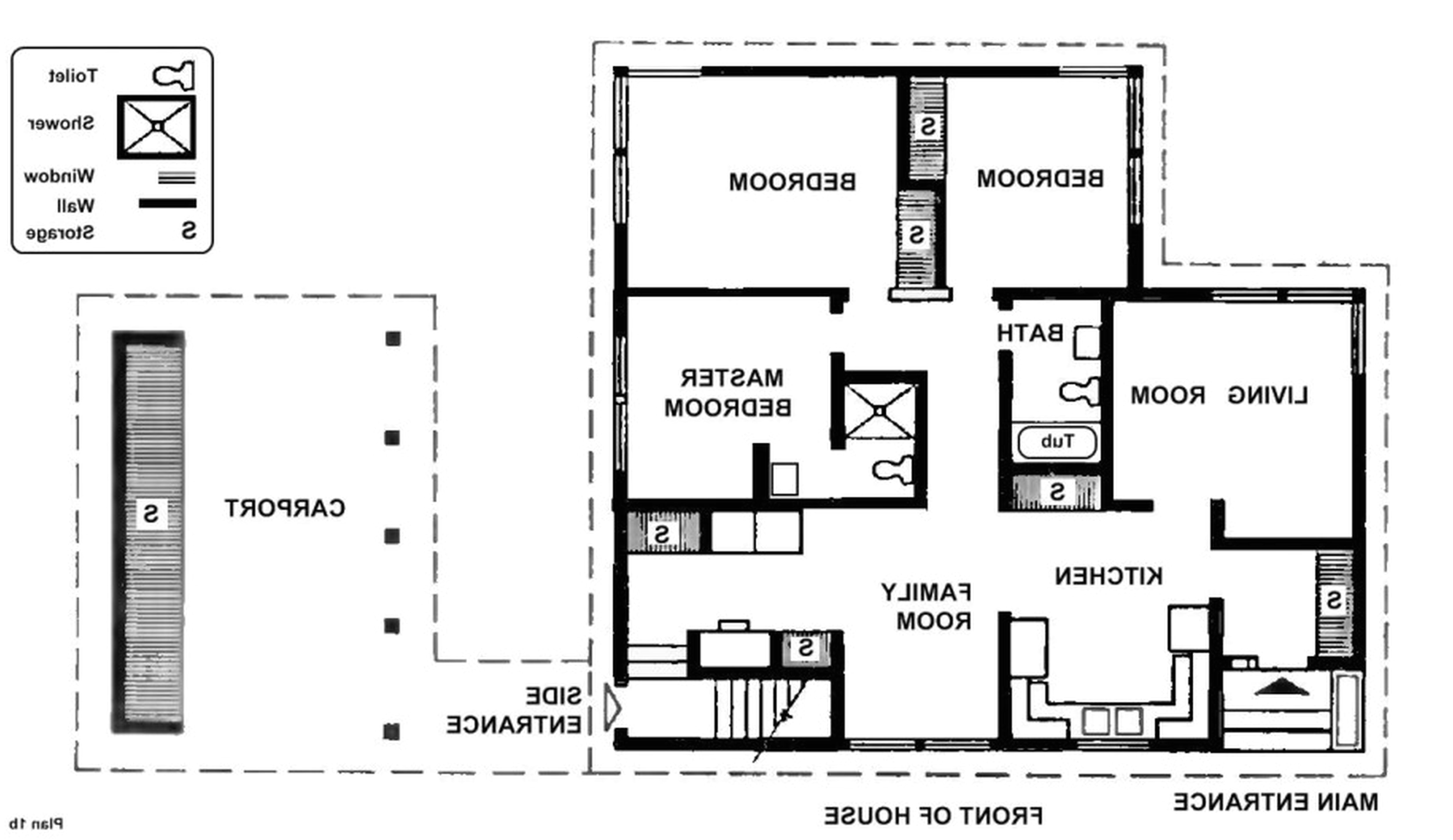




Related Posts

